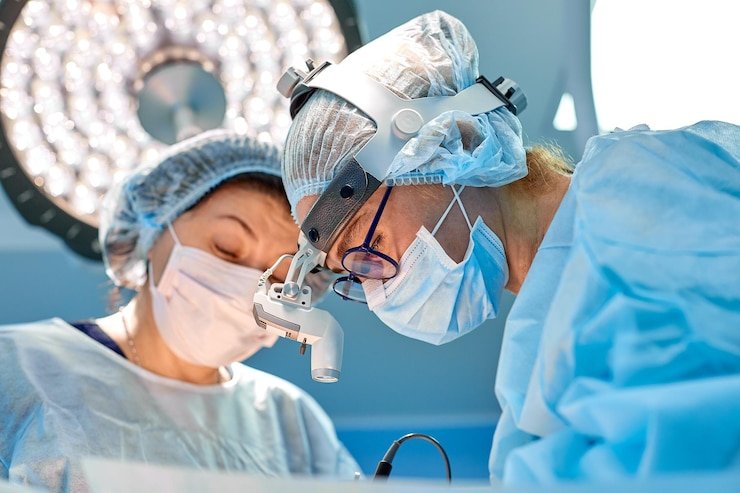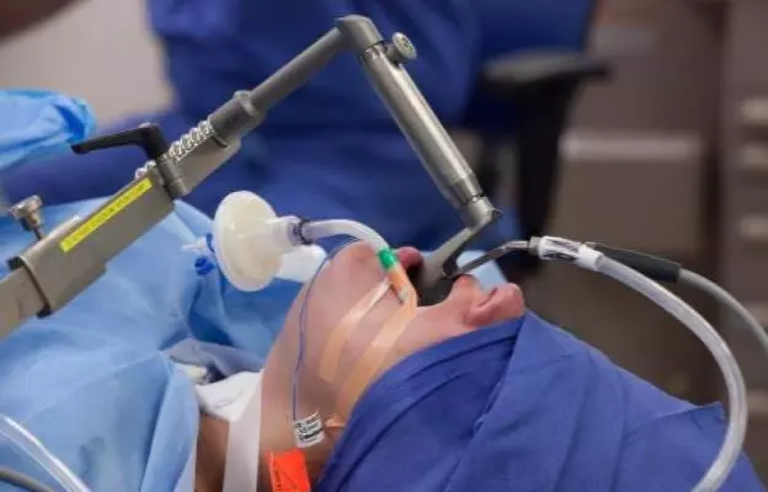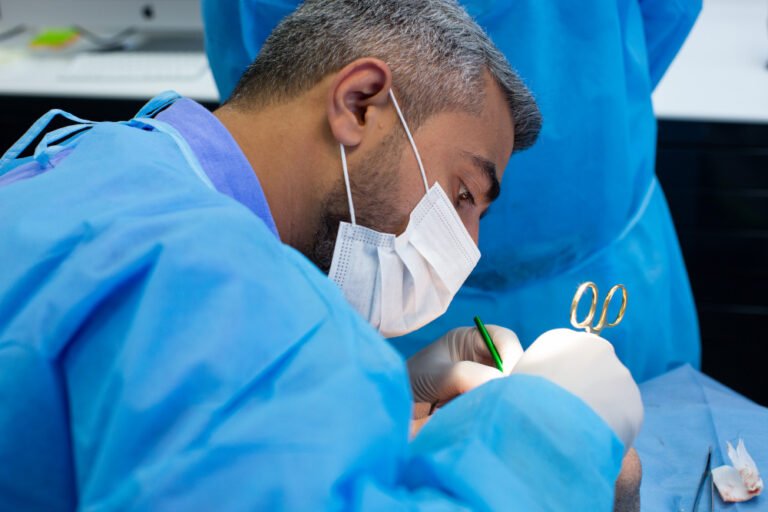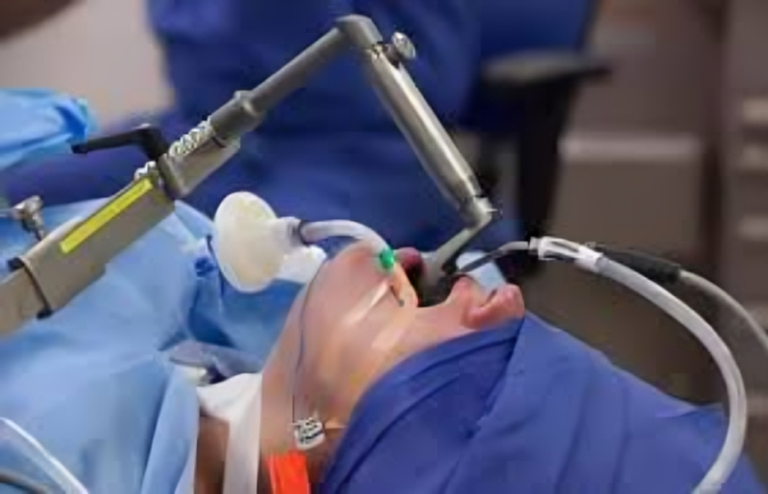Microlaryngeal Surgery: Advancing Treatment for Voice Disorders.
Microlaryngeal surgery, also known as laryngeal microsurgery, is a specialized procedure used to diagnose and treat various disorders of the larynx (voice box). This minimally invasive approach allows surgeons to access and manipulate delicate structures within the larynx using advanced microsurgical techniques and instruments. Microlaryngeal surgery has revolutionized the management of voice disorders, offering improved outcomes, reduced risk of complications, and faster recovery times for patients. Let’s explore the intricacies of microlaryngeal surgery, its applications, and its impact on the treatment of voice disorders.Ear Treatment in Gaur City 2
To Know More About It Please Click Here
1. Understanding the Larynx
The larynx is a complex structure located in the neck, consisting of cartilage, muscles, and vocal cords. It plays a vital role in phonation (producing sound), respiration (breathing), and swallowing. Disorders of the larynx can result in voice changes, difficulty breathing, and swallowing problems, affecting an individual’s quality of life and communication abilities.
2. Indications for Microlaryngeal Surgery
Microlaryngeal surgery may be recommended for various laryngeal conditions, including:
- Benign Vocal Cord Lesions: Such as vocal cord nodules, polyps, cysts, and granulomas, which can cause hoarseness, voice fatigue, and difficulty speaking.
- Vocal Cord Paralysis: Caused by nerve damage, leading to voice changes, breathiness, and aspiration (food or liquid entering the airway).
- Laryngeal Papillomas: Benign growths caused by the human papillomavirus (HPV), which can obstruct the airway and affect voice quality.
- Reinke’s Edema: Swelling of the vocal cords due to chronic exposure to irritants such as smoking or reflux, resulting in hoarseness and voice changes.
- Laryngeal Cancer: Early-stage laryngeal tumors may be treated with microlaryngeal surgery to remove cancerous tissue while preserving laryngeal function.
3. The Microlaryngeal Surgical Procedure
Microlaryngeal surgery is typically performed under general anesthesia and involves the following steps:
- Visualization: The surgeon uses a laryngoscope, equipped with a microscope or fiberoptic camera, to visualize the larynx and vocal cords.
- Microsurgical Instruments: Specialized microsurgical instruments, including microscopes, microforceps, microscissors, and lasers, are used to manipulate and excise tissue with precision.
- Lesion Removal: Benign lesions such as nodules or polyps are carefully removed from the vocal cords using microsurgical techniques. In cases of cancer, tumor resection may be performed while preserving healthy tissue whenever possible.
- Biopsy: Tissue samples may be obtained for biopsy to confirm the diagnosis, particularly in cases of suspected malignancy.
- Closure: Following lesion removal or tumor resection, the surgical site is closed using sutures or tissue adhesives, and the larynx is carefully inspected to ensure optimal function and cosmesis.Ear Treatment in Gaur City 2
4. Benefits of Microlaryngeal Surgery
Microlaryngeal surgery offers several advantages over traditional open surgical techniques:
- Minimally Invasive: Microlaryngeal surgery is minimally invasive, resulting in smaller incisions, less tissue trauma, and reduced scarring compared to open surgery.
- Preservation of Function: By targeting specific lesions or tumors while preserving healthy tissue, microlaryngeal surgery aims to maintain laryngeal function, voice quality, and swallowing abilities.
- Faster Recovery: Patients undergoing microlaryngeal surgery typically experience shorter hospital stays, less postoperative pain, and faster recovery times compared to open procedures.
- Improved Outcomes: With advances in microsurgical techniques and instrumentation, microlaryngeal surgery offers improved outcomes and reduced risk of complications for patients with voice disorders.
To Know More About It Please Click Here
5. Conclusion
Microlaryngeal surgery is a valuable tool in the management of various laryngeal disorders, offering precise diagnosis and targeted treatment while preserving laryngeal function and voice quality. With its minimally invasive approach, advanced microsurgical techniques, and favorable outcomes, microlaryngeal surgery has transformed the treatment landscape for voice disorders, providing patients with effective solutions and improved quality of life. As technology continues to evolve, the future of microlaryngeal surgery holds promise for further advancements in the diagnosis and treatment of laryngeal conditions, ensuring optimal outcomes for patients worldwide.Ear Treatment in Gaur City 2








